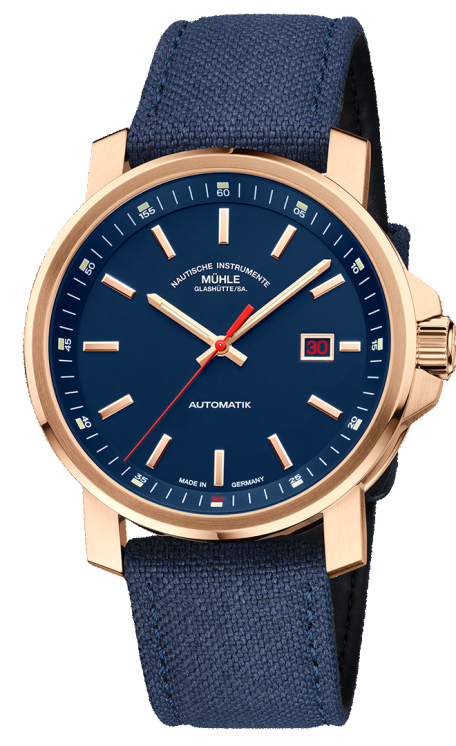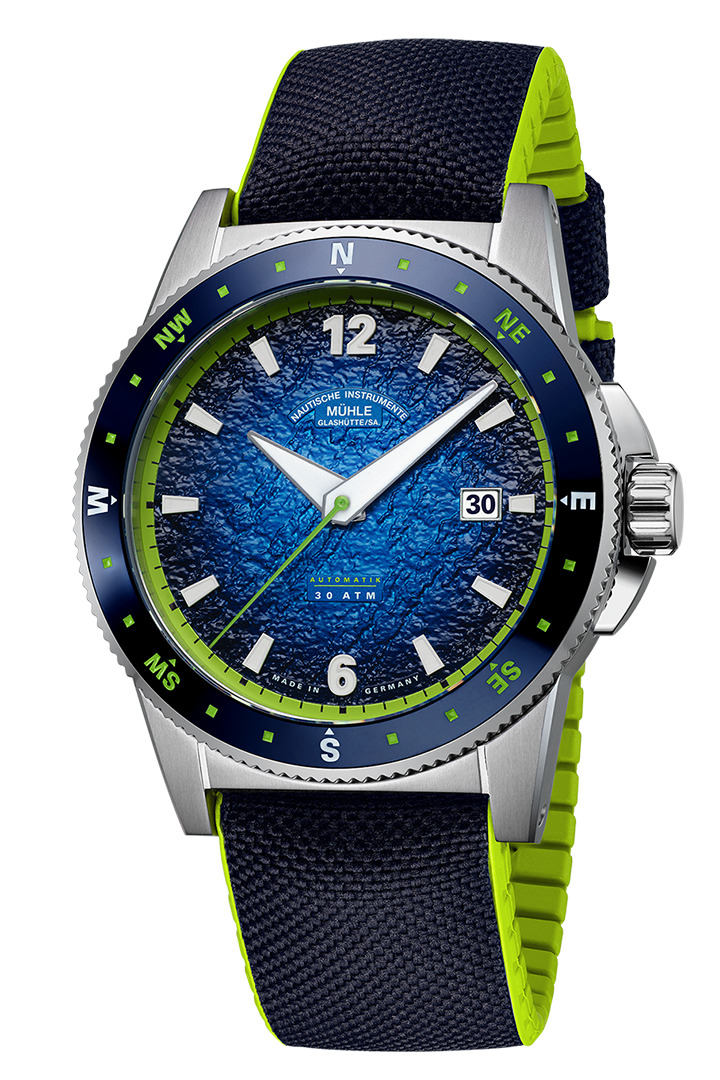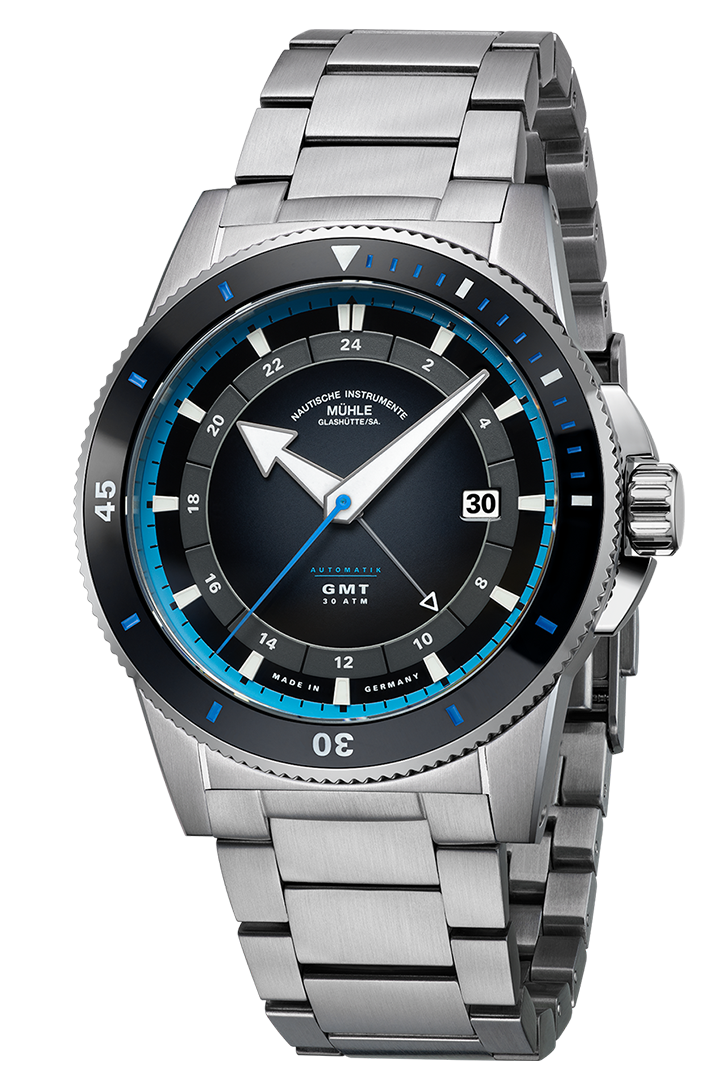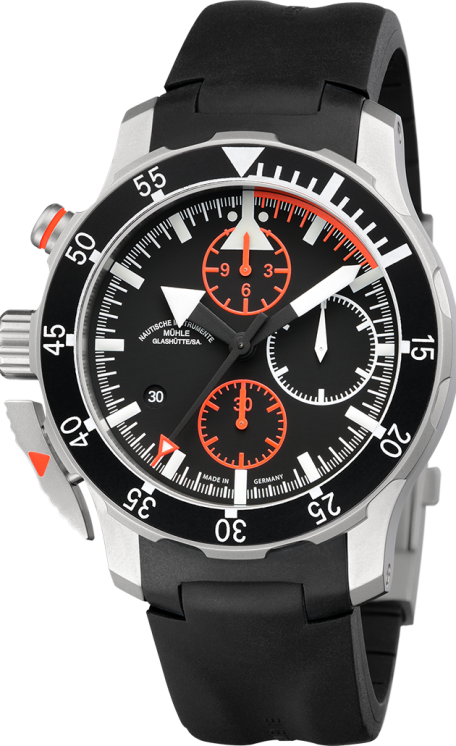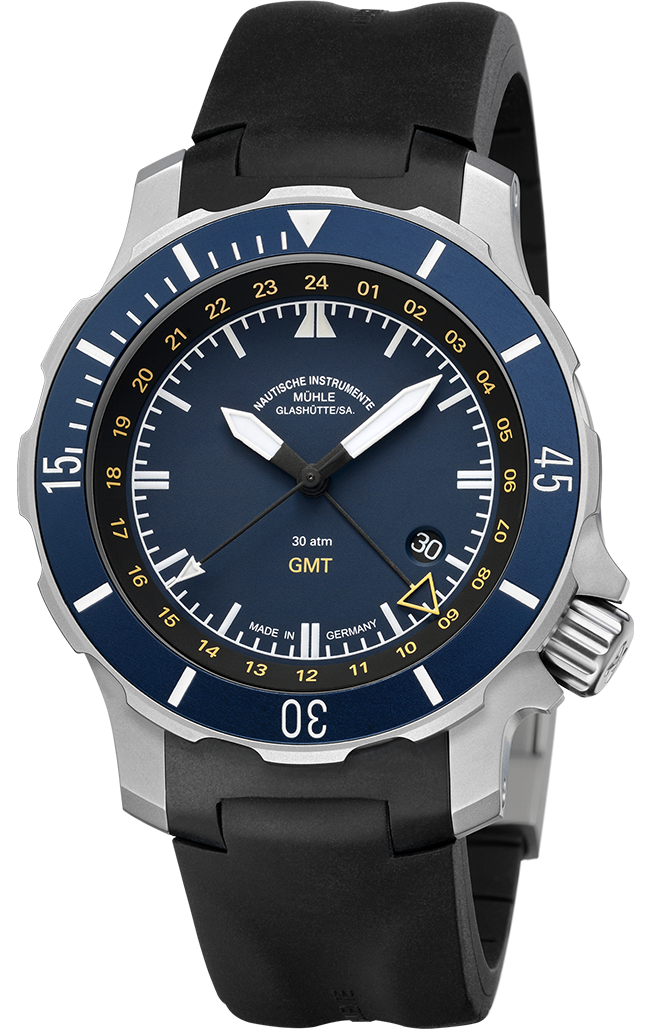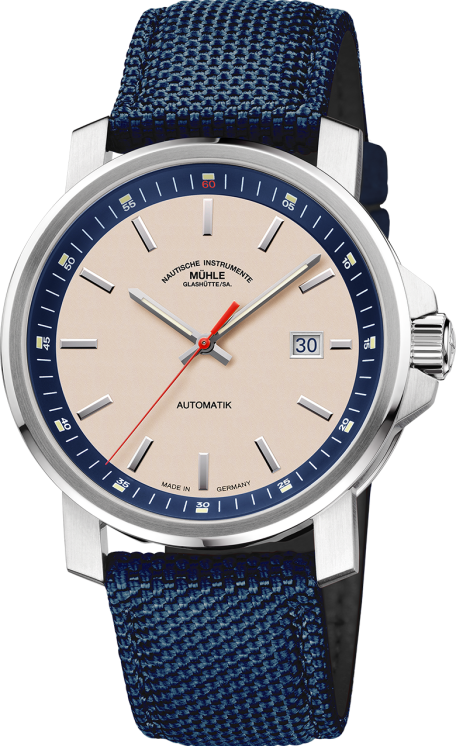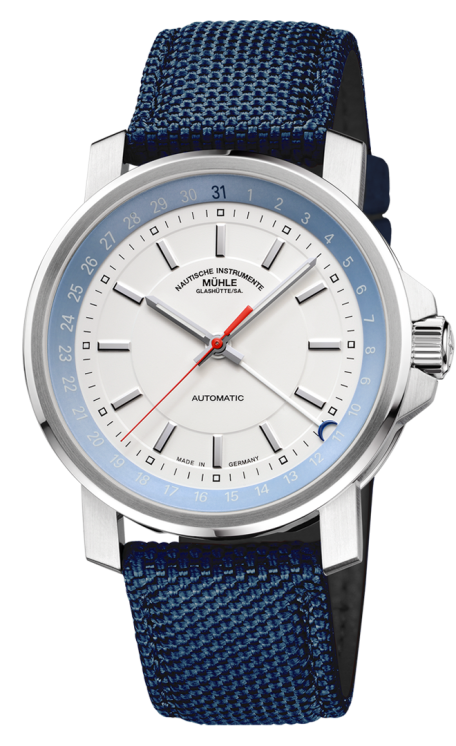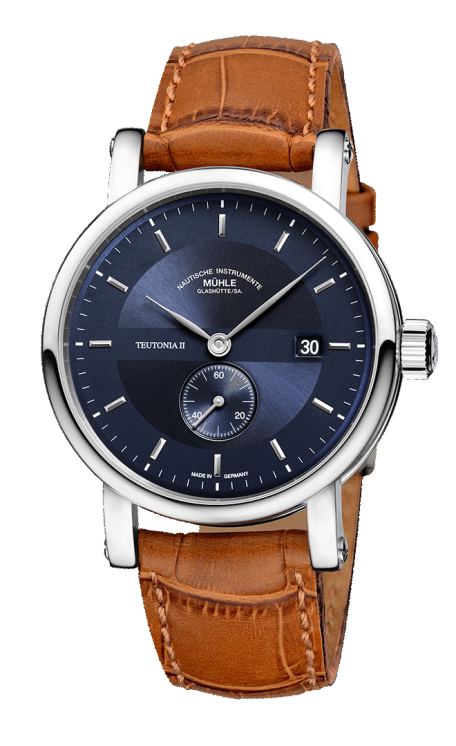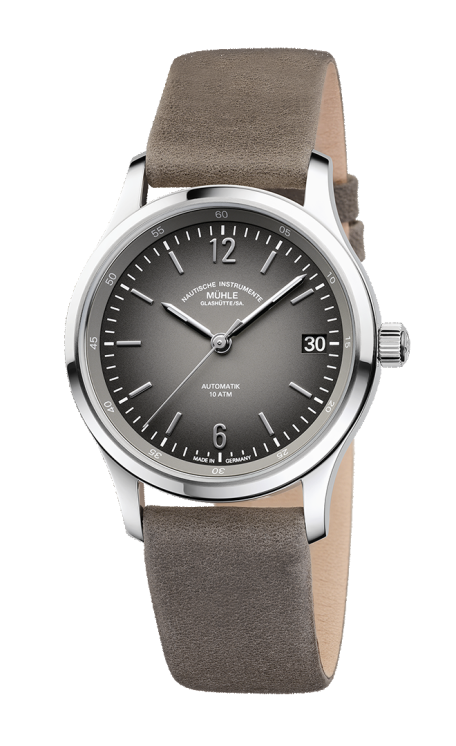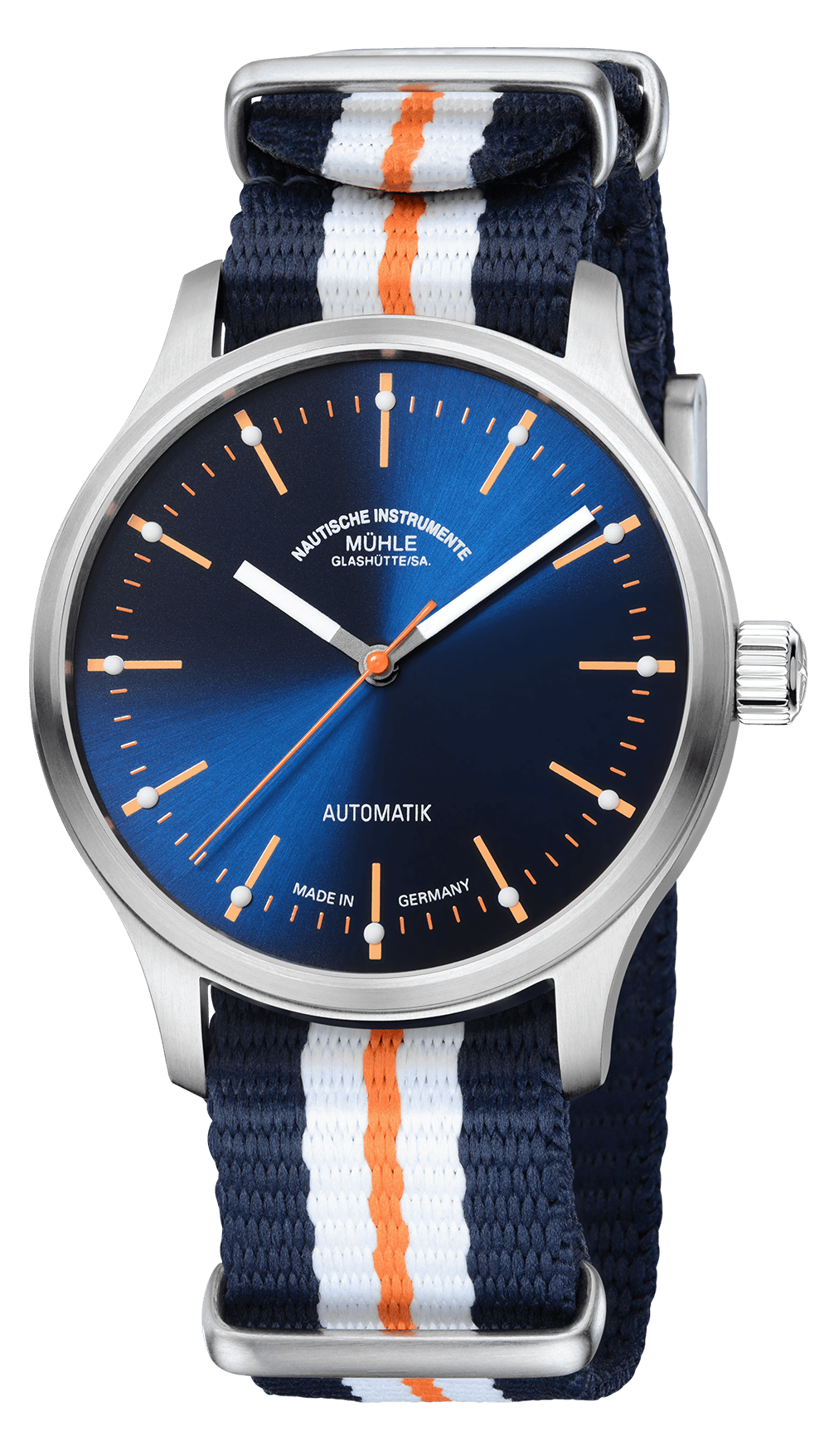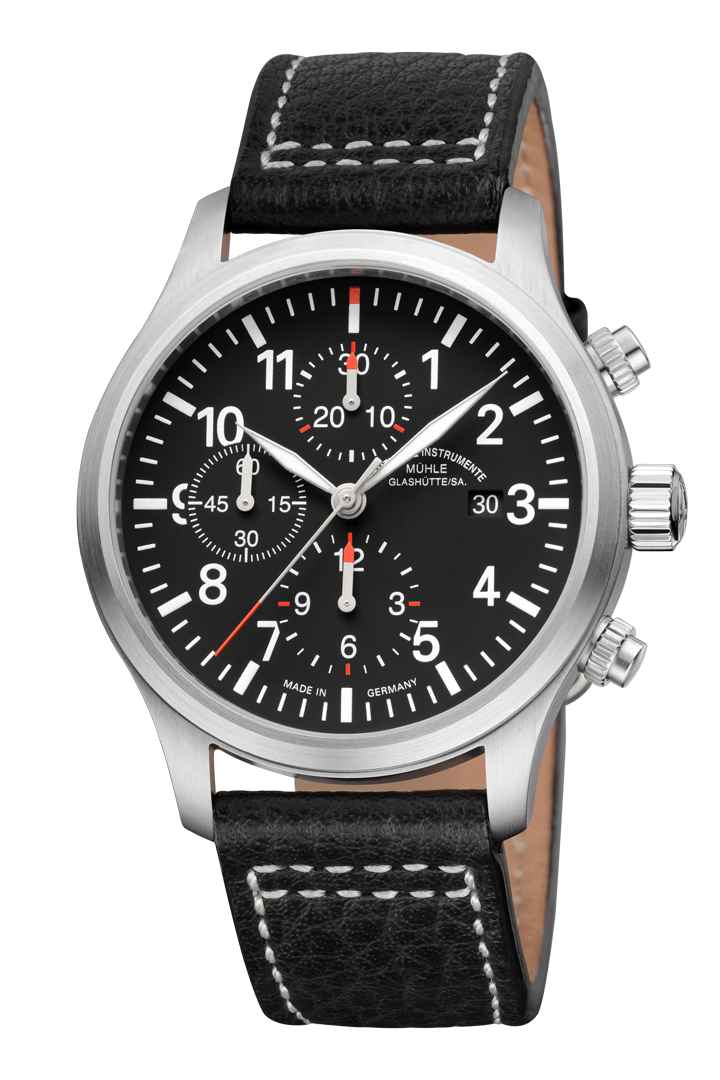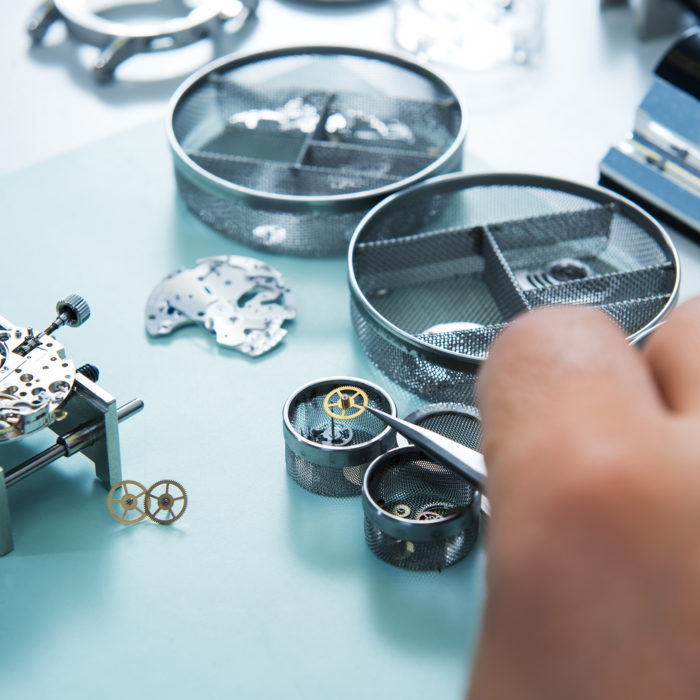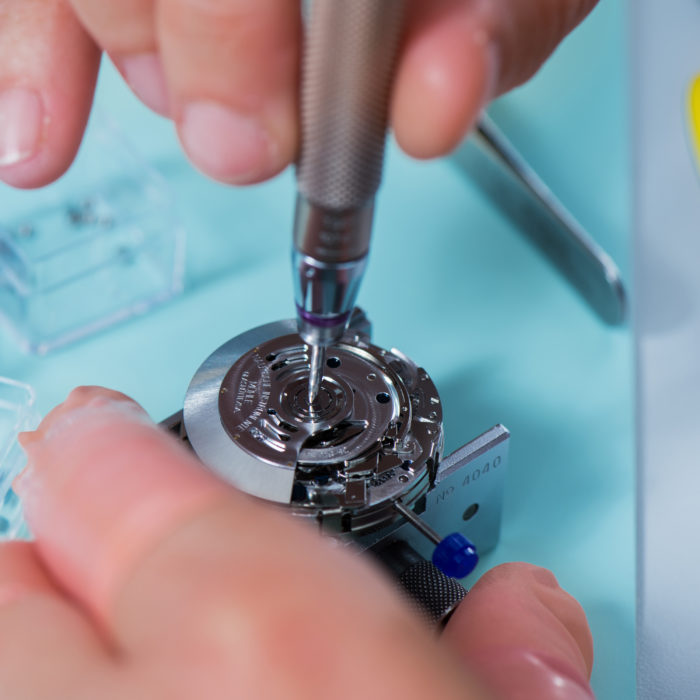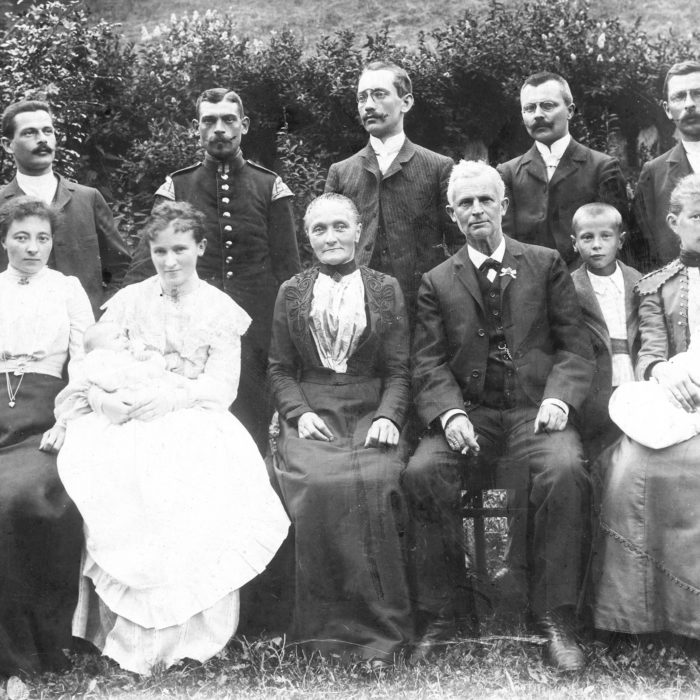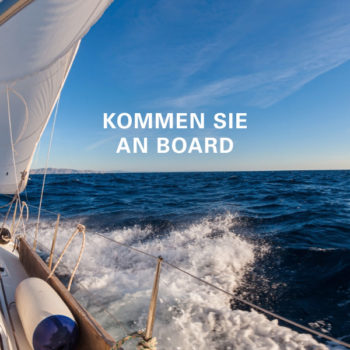The ship’s bell clock was invented at the end of the 19th century. The name of the bell clock derives from the signal given by the ship’s bell, which was originally timed using an hourglass. The hourglass was suspended above the ship’s wheel on sailing vessels, close to the ship’s bell. The hourglass was used to divide the daily duties aboard a ship into 6 shifts lasting 4 hours each.
As is generally still the case nowadays, changeovers took place at 4am, 8am, 12pm, 4pm, 8pm and midnight. When 8 bells rang, this indicted a changeover and the on-duty helmsman turned the hourglass. After half an hour, the sand had run through from the top half of the hourglass to the bottom. One ring of the bell indicated that the first half an hour of the shift had passed. After the second half an hour, the hourglass was turned again and the helmsman used two rings of the bell to make it known that the second half an hour of the shift had passed. With each further half an hour, one ring of the bell was added until 8 bells (= 4 hours of the shift) had been reached and the next changeover took place.
The bell clapper was operated in a specific rhythm: The full hours were sounded by a double stroke (forward and backward stroke), with the second ring being slightly louder. Then there was a short pause before the next rings sounded. For example at 12 o’clock, there were 8 bells: ding-ding, ding-ding, ding-ding, ding-ding, or at 9.30: ding-ding, ding. The ship’s bell clock took over the function of the hourglass and bell. Technology made it possible to perfectly reproduce the rhythm of rings and the sound of the bell whilst also indicating the exact time. Our ship’s bell clocks retain the atmosphere of life on board and succeed in striking the right note on land too.


















